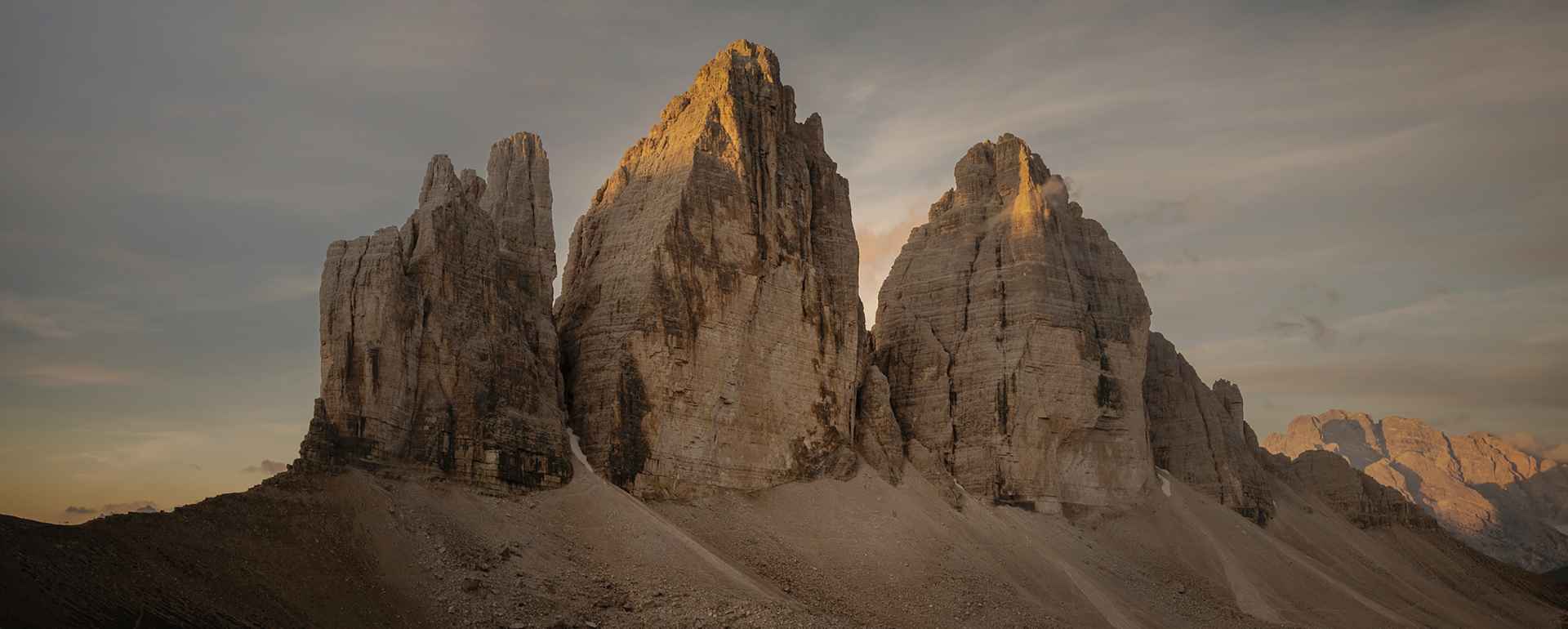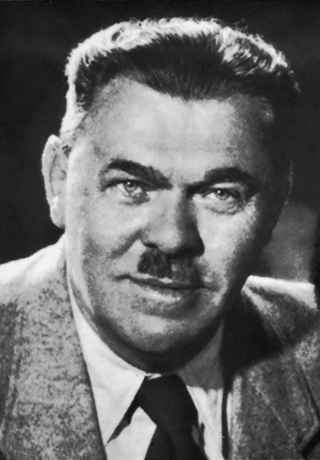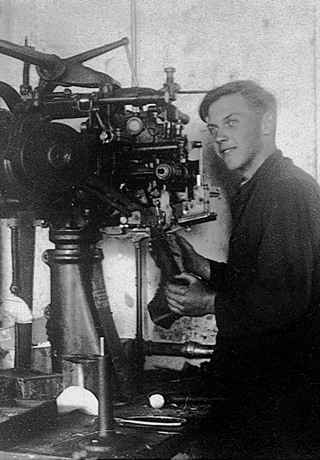Demand for shoes was huge in the 1920s because they were the most important piece of equipment people needed for travel. People who lived in both rural and urban areas primarily used “shanks’ mare” to get from place to place. Lorenz’s brothers also set up their own independent cobbler shops. Hans Wagner moved to Vierkirchen and his brother Adolf to Weichs, two towns that are about 10 kilometres from Jetzendorf. The band broke up, and the story of the three shoe brands began.
The brand known today as Hanwag was created in 1921. Hans Wagner supplied shoes to a Munich company and soon started producing its own drawstring and Bavarian Haferl shoes. He continuously expanded his business and began to market his shoes under the Hanwag brand name in 1952. The factory remained in family hands for its first 83 years of existence. The company’s founder passed leadership of the company to his nephew Josef Wagner. As a result, Hanwag had only two managing directors during all of these years in business. In 2004, the company became part of Fenix Outdoor AB. The “brother company” remains connected to LOWA as a friendly competitor to this day.
Adolf Wagner, the youngest of the three brothers, married in 1923 and moved to Weichs, where he took over the local cobbler shop and turned it into a shoe factory with 30 employees in the next 10 years. The mountaineering and ski boots he sold under the name “A.W.” were very successful. Like his brothers, he produced mountain infantry boots during the war years. The company got a new start after the war under the brand name Hochland. His daughter Emma assumed leadership of the company in 1955 together with her husband. The company then made a global name for itself in the 1950s and 1960s. In the mid-1970s, the shoe factory was leased to Romika, a company that produced premium-quality hiking boots there. But the competitive pressure became too much, and the factory was forced to close for good in 1981.
An ambitious apprentice, Josef Lederer, joined the company in February 1930. He said later:
Did he suspect it at the time? Josef Lederer left LOWA after his apprenticeship ended. But he returned to the company more than 15 years later and married Berti Wagner, the daughter of the company’s founder.
In the beginning, LOWA primarily produced Bavarian Haferl shoes made of leather. But the factory also produced “sports shoes” – that is, mountaineering and ski boots. These boots were made of leather, too. Alpine sports experienced a surge in popularity during the “Golden ’20s”, and shoemakers Lorenz, Hans and Adolf Wagner profited from the trend.





